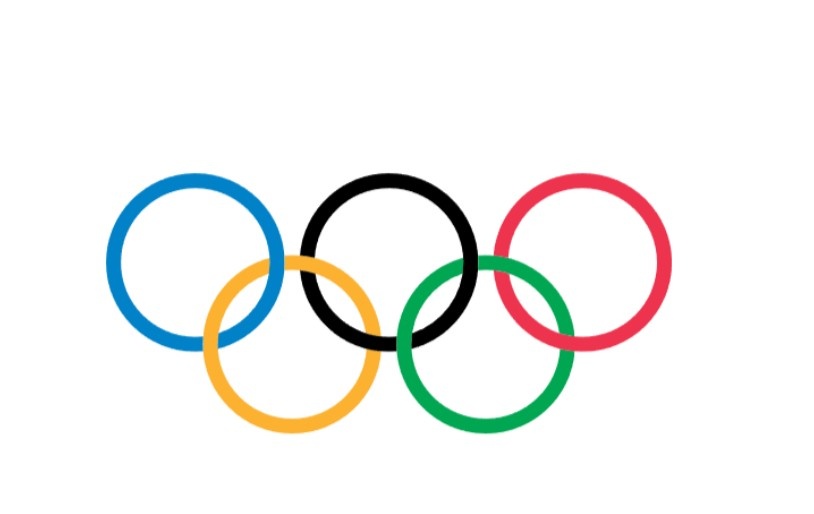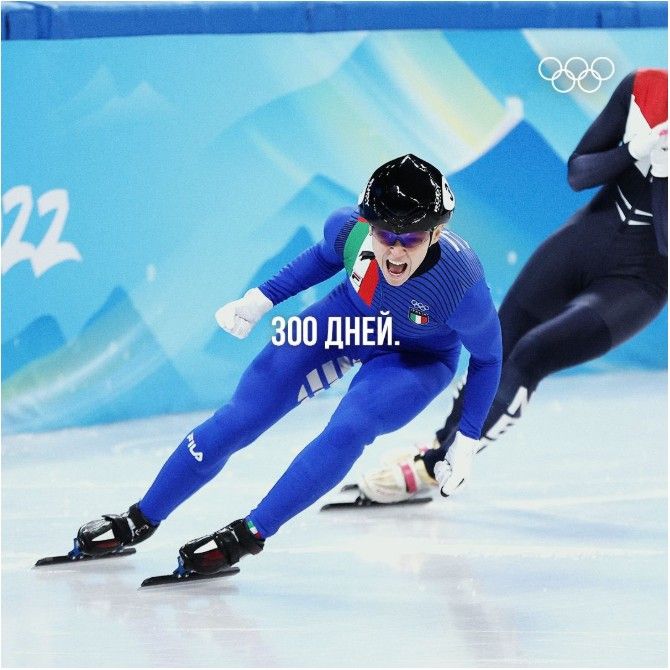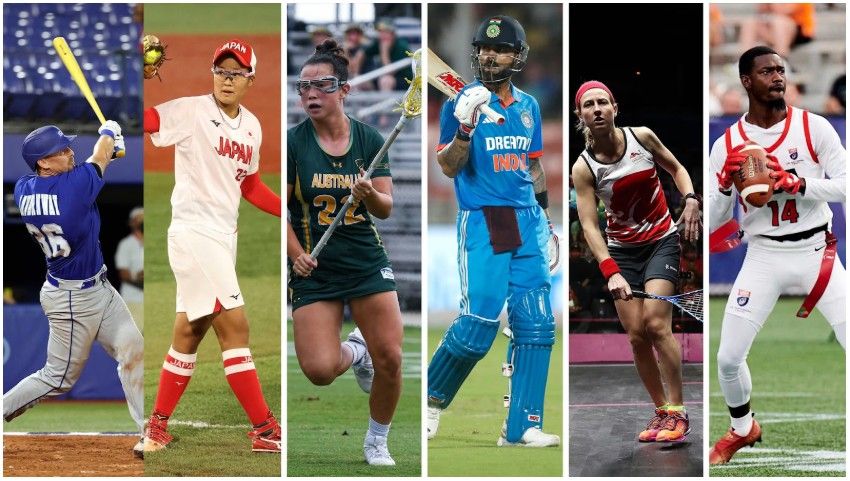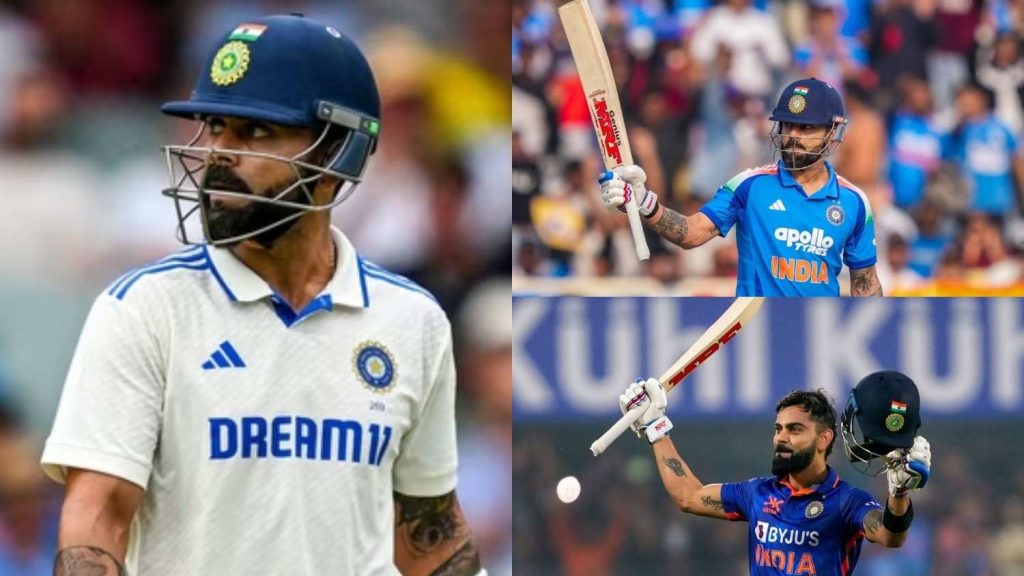The Olympics include about 32 sports in the Summer Games and 7 in the Winter Games, totalling 39 official sports.
Held every four years, this event features both traditional events like athletics, swimming, and modern ones like skateboarding and sport climbing.
Over time, the number of Olympic sports has grown, but have you ever wondered why new sports get added? What’s the actual criteria for a sport to make it to the Olympic stage?
This guide lays out everything you need to know about the key Olympic events and how they keep changing.
Types of Sports in the Olympics (Year-Round)
The Olympics feature a wide range of sports, grouped into different categories based on their nature and history.
Below is a snapshot of key sports, their categories, and when they first appeared at the Games.
| Category | Sport Example | Debut Year |
|---|---|---|
| Summer | Athletics, Swimming | 1896 |
| Team Sports | Football, Basketball | 1900–1936 |
| Combat Sports | Boxing, Judo, Taekwondo | 1904–2000 |
| Racquet Sports | Tennis, Badminton, Table Tennis | 1896–1988 |
| Modern Additions | Skateboarding, Surfing | 2020 |
| Winter | Skiing, Ice Hockey, Curling | 1924 |
The Olympic programme balances traditional sports with modern disciplines to maintain relevance across generations.
Summer Olympics dominate with water sports, track and field, and team competitions, while the Winter Olympics focus on snow and ice-based activities.
The International Olympic Committee regularly evaluates sports based on global participation, youth appeal, and gender equality to ensure the Games remain dynamic and inclusive.
Number of Sports In the Olympics?
As of the Paris 2024 Games, the Olympics feature 32 Summer sports and 7 Winter sports, comprising over 300 individual events across both seasons.

The exact number fluctuates slightly depending on the host city’s proposals and the IOC’s decisions regarding sports inclusion or removal.
Each sport contains multiple disciplines and events, creating an extensive competition schedule that defines the Olympic experience.
Complete List of Olympic Sports (A–Z)
The Olympic Games showcase a long list of sports, each bringing its own unique skills and excitement.
Here’s a complete A-to-Z list of all the sports featured across Summer and Winter editions. Don’t get surprised to see an unconventional sport here!
A
- Acrobatic Gymnastics
- Alpine Skiing
- Archery
- Artistic Gymnastics
- Artistic Swimming
- Athletics
B
- Badminton
- Baseball5
- Baseball/Softball
- Basketball
- Basketball 3×3
- Beach Handball
- Beach Volleyball
- Biathlon
- Bobsleigh
- Boxing
- Breaking
C
- Canoe Slalom
- Canoe Sprint
- Coastal Rowing
- Cricket
- Cross-Country Skiing
- Curling
- Cycling BMX Freestyle
- Cycling BMX Racing
- Cycling Mountain Bike
- Cycling Road
- Cycling Track
D
- Diving
E
- Equestrian
F
- Fencing
- Figure Skating
- Flag Football
- Football (Soccer)
- Freestyle Skiing
- Futsal
G
- Golf
H
- Handball
- Hockey
I
- Ice Hockey
J
- Judo
K
- Karate
L
- Lacrosse
- Luge
M
- Marathon Swimming
- Modern Pentathlon
N
- Nordic Combined
R
- Rhythmic Gymnastics
- Roller Speed Skating
- Rowing
- Rugby Sevens
S
- Sailing
- Shooting
- Short Track Speed Skating
- Skateboarding
- Skeleton
- Ski Jumping
- Ski Mountaineering
- Snowboard
- Speed Skating
- Sport Climbing
- Squash
- Surfing
- Swimming
T
- Table Tennis
- Taekwondo
- Tennis
- Trampoline
- Triathlon
V
- Volleyball
W
- Water Polo
- Weightlifting
- Wrestling
- Wushu
How Many Sports Are Played in the Paralympics?
The Paralympic Games showcase athletic excellence among athletes with disabilities, featuring adapted versions of Olympic sports alongside unique Paralympic disciplines.

The Paralympics demonstrate that sport transcends physical limitations, celebrating determination, skill, and competitive spirit on the world’s biggest stage.
Recognised by the IPC – 29 sports in total: 23 Summer & 6 Winter
Summer Paralympic Sports (23)
Paralympic sports emphasise adaptation and innovation, creating competitive opportunities for athletes with various impairments.
- Para Archery
- Para Athletics
- Para-Badminton
- Blind Football
- Boccia
- Para Canoe
- Para Cycling
- Para-Equestrian
- Para Fencing
- Goalball
- Para Judo
- Para Powerlifting
- Para Rowing
- Shooting Para Sport
- Sitting Volleyball
- Para Swimming
- Para Table Tennis
- Para Taekwondo
- Para Triathlon
- Wheelchair Basketball
- Wheelchair Rugby
- Wheelchair Tennis
- Para Climbing (approved for LA28, newest summer sport)
The classification system ensures fair competition while maintaining the highest athletic standards, making the Paralympics a celebration of human potential and sporting excellence.
Difference Between Summer and Winter Olympics
The Summer Olympics encompass sports like athletics, swimming, and gymnastics, typically held in temperate climates with diverse venue requirements.
Winter Olympics focus exclusively on cold-weather activities like skiing, bobsleigh, and ice hockey, requiring specific geographical conditions.

Summer Games attract broader global participation due to accessibility, while Winter Games remain more regionally concentrated due to climate and infrastructure constraints.
Recently Added Sports In the Olympics
The Olympics constantly evolve, adding new sports that reflect changing interests and cultures. Here are some of the most recent additions, why they were chosen, and when they made their debut.
| Sport | Debut Year | Featured In | Reason for Inclusion |
|---|---|---|---|
| Skateboarding | 2020 | Tokyo | Youth appeal, urban sport growth |
| Sport Climbing | 2020 | Tokyo | Physical skill and modern appeal |
| Surfing | 2020 | Tokyo | Nature-based competitive sport |
| Breaking (Breakdance) | 2024 | Paris | Artistic, energetic street sport |
Skateboarding, sport climbing, surfing and breaking were four non-traditional sports that captivated audiences at the Paris Games.
Breaking, also known as break dancing, made its Olympic debut. These additions reflect the IOC’s commitment to attracting younger audiences and embracing urban culture.

The new sports combine athleticism with artistic expression, creating dynamic viewing experiences that differentiate modern Olympics from traditional competitions.
Discontinued Olympic Sports
Not every sport stays in the Olympics forever. Some get dropped due to shifting interests or limited global appeal.
Here’s a look at a few notable sports that have been discontinued and why they were removed.
| Sport | Last Appearance | Reason for Removal |
|---|---|---|
| Tug of War | 1920 | Outdated, low global participation |
| Baseball/Softball | 2008 (reinstated 2020) | Inconsistency, limited reach |
| Polo | 1936 | Lack of global competition |
Compared to the previous 2021 Tokyo Olympic sports, karate, baseball & softball have been dropped.
Olympic sports face continuous evaluation based on global participation, spectator interest, and logistical considerations.
Sports may be temporarily removed and later reinstated based on changing circumstances, demonstrating the dynamic nature of Olympic programming and the IOC’s responsiveness to sporting trends.
How Is a Sport Selected To be Part of The Olympics (Criteria)
A sport must be practised by men in 75 countries and women in 40 countries across three continents to qualify for Olympic consideration.
Additionally, sports require recognised international federations, adherence to Olympic values including fairness and inclusion, and demonstrated global appeal.
The IOC evaluates youth engagement, television ratings, gender balance, and cultural significance when making inclusion decisions.
Most Medaled Olympic Sports
Some Olympic sports have consistently dominated the medal tally over the years. These are the sports with most medals won and the countries that have excelled in them.
| Sport | Most Total Medals | Most Gold Medals | Notable Country |
|---|---|---|---|
| Athletics | 1000+ | USA | USA |
| Swimming | 600+ | USA | USA |
| Gymnastics | 500+ | Russia/USSR | Russia |
| Fencing | 400+ | Italy | Italy |
These statistics reflect historical dominance in traditional Olympic sports, with athletics and swimming offering the most medal opportunities.
The United States’ success in swimming and athletics demonstrates sustained investment in these disciplines, while European nations excel in technical sports like gymnastics and fencing.
Medal distribution patterns reveal cultural sporting preferences and national development priorities across different regions.
Why the Olympic Sports Keep Changing?
The Olympics evolve continuously to maintain relevance and excitement for global audiences.
The IOC prioritises youth engagement, gender equality, and cultural representation when evaluating sports for inclusion or removal.

This flexibility ensures the Games remain contemporary and reflective of worldwide sporting interests, balancing tradition with innovation to create compelling viewing experiences for diverse audiences.
Upcoming Olympic Sports for LA28
At the Olympic Games in Los Angeles 2028, fans will get their first taste of flag football, a version of American football.
The sport was added to the program for the Olympic Games in Los Angeles along with T20 cricket, lacrosse (sixes), baseball/softball, and squash.
Additional Sports (proposed by LA28 and approved):
- Baseball/Softball
- Cricket (T20)
- Flag Football
- Lacrosse (Sixes)
- Squash
The LA28 additions reflect American sporting culture while embracing global sports like cricket.

These sports promise to attract new audiences, particularly in regions where these disciplines enjoy massive popularity, demonstrating the Olympics’ commitment to geographical and cultural diversity in sport representation.
Unique Olympic Sports (Past & Present)
From historic oddities to groundbreaking equality, the Olympics have featured some truly unique and surprising sports.
- Live Pigeon Shooting was once an event (1900)
- Equestrian is the only sport where men and women compete equally.
- Pentathlon includes fencing, shooting, swimming, running, and horse riding.
Suggested Reads:
Conclusion: The Olympics feature 32 Summer and 7 Winter sports!
The Olympics are the highest stage of global sporting excellence, featuring 32 Summer and 7 Winter sports.
From classic events like athletics and wrestling to modern additions like breaking and surfing, the Games evolve to reflect cultural shifts and celebrate diversity.
Each sport contributes to the Olympic legacy, promoting innovation and inclusivity. Whether you’re a fan, a student, or an aspiring Olympian, exploring Olympic sports offers a deeper look into this grand celebration of human achievement.
The Games highlight our shared passion for sport and the rich variety of global athletic traditions.
FAQs
There are 32 Summer Olympic sports in Paris 2024, with breaking debuting as a new addition.
Key Winter sports include skiing, figure skating, ice hockey, curling, snowboarding, and bobsleigh.
The IOC may remove sports due to low global popularity, poor audience engagement, or logistical concerns.
Breaking (breakdancing) debuted in Paris 2024 as the newest Olympic sport.
Cricket will return to the Olympics at LA 2028 in T20 format, having previously appeared in 1900.








